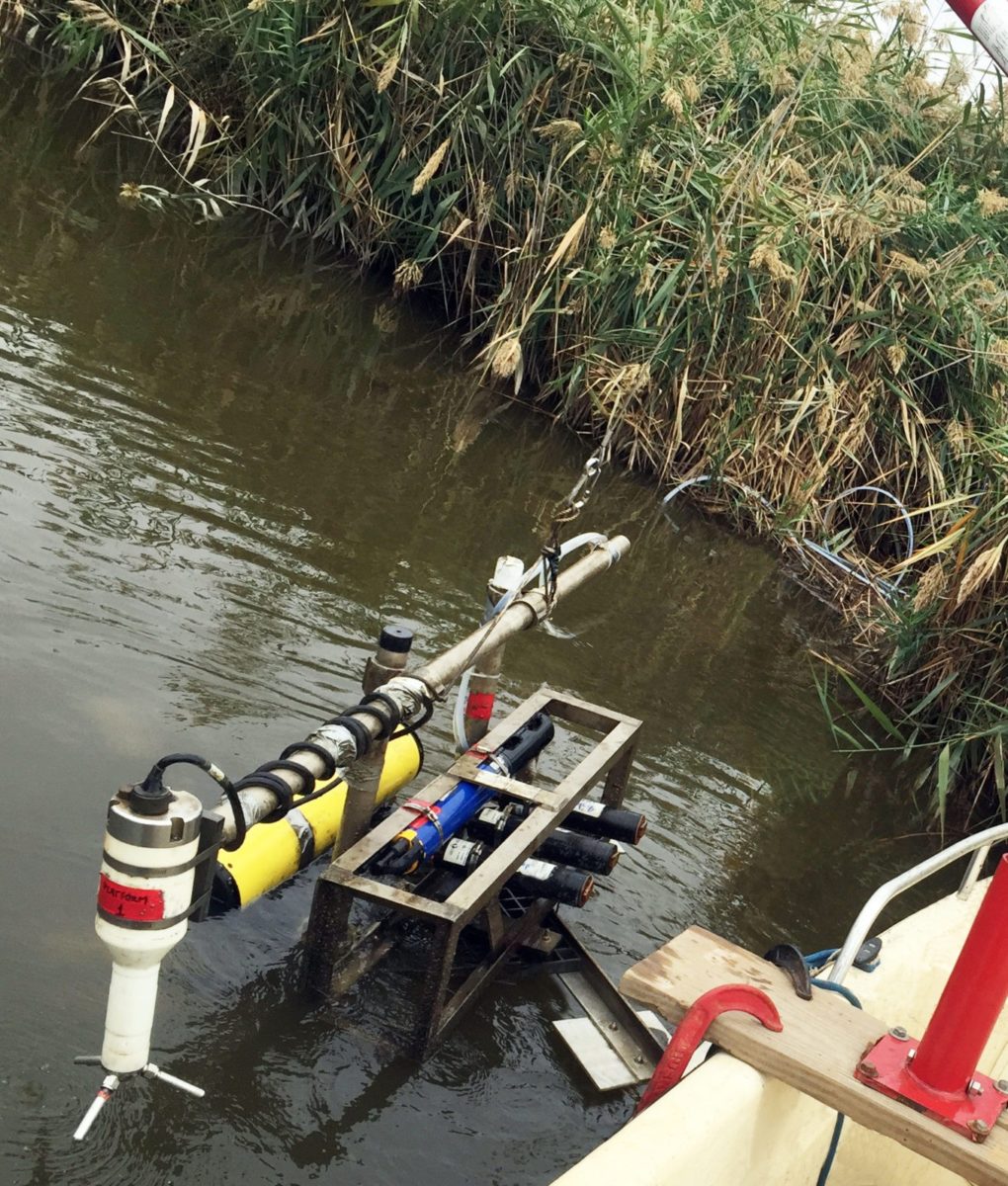OPTICS: Research on New Technology for Monitoring Water Quality Is Published in Limnology and Oceanography

The paper, titled “Optically based quantification of fluxes of mercury, methyl mercury, and polychlorinated biphenyls (PCBs) at Berry’s Creek tidal estuary, New Jersey,” details the results of OPTICS monitoring conducted as part of a multi-phased remedial investigation program at the Berry’s Creek Study Area Superfund Site by Integral Consulting staff Grace Chang, Ph.D., Todd Martin, P.E., Kenia Whitehead, Ph.D., Craig Jones, Ph.D., and Frank Spada. Using OPTICS, the researchers were able to understand the movement of contaminants and quantify impacts from severe storms and changes over time.
OPTICS is a uniquely powerful and cost-effective tool for monitoring contaminants in surface water. The technology can be used for a wide array of environmental applications, from identifying the source of contaminants and establishing baseline conditions to characterizing dredge plumes and stormwater discharges and monitoring remedy performance in the long term.
At Berry’s Creek, the OPTICS studies provided the link between the roles of waterway sediment, the main channel water column, and marshes on biological exposure routes for mercury, methylmercury, and PCBs, which will help inform remedial actions.
For more information on this article, or on Integral’s OPTICS services, contact Dr. Chang at gchang@integral-corp.com or Mr. Martin at tmartin@integral-corp.com.

